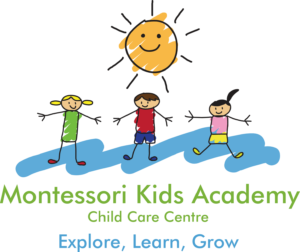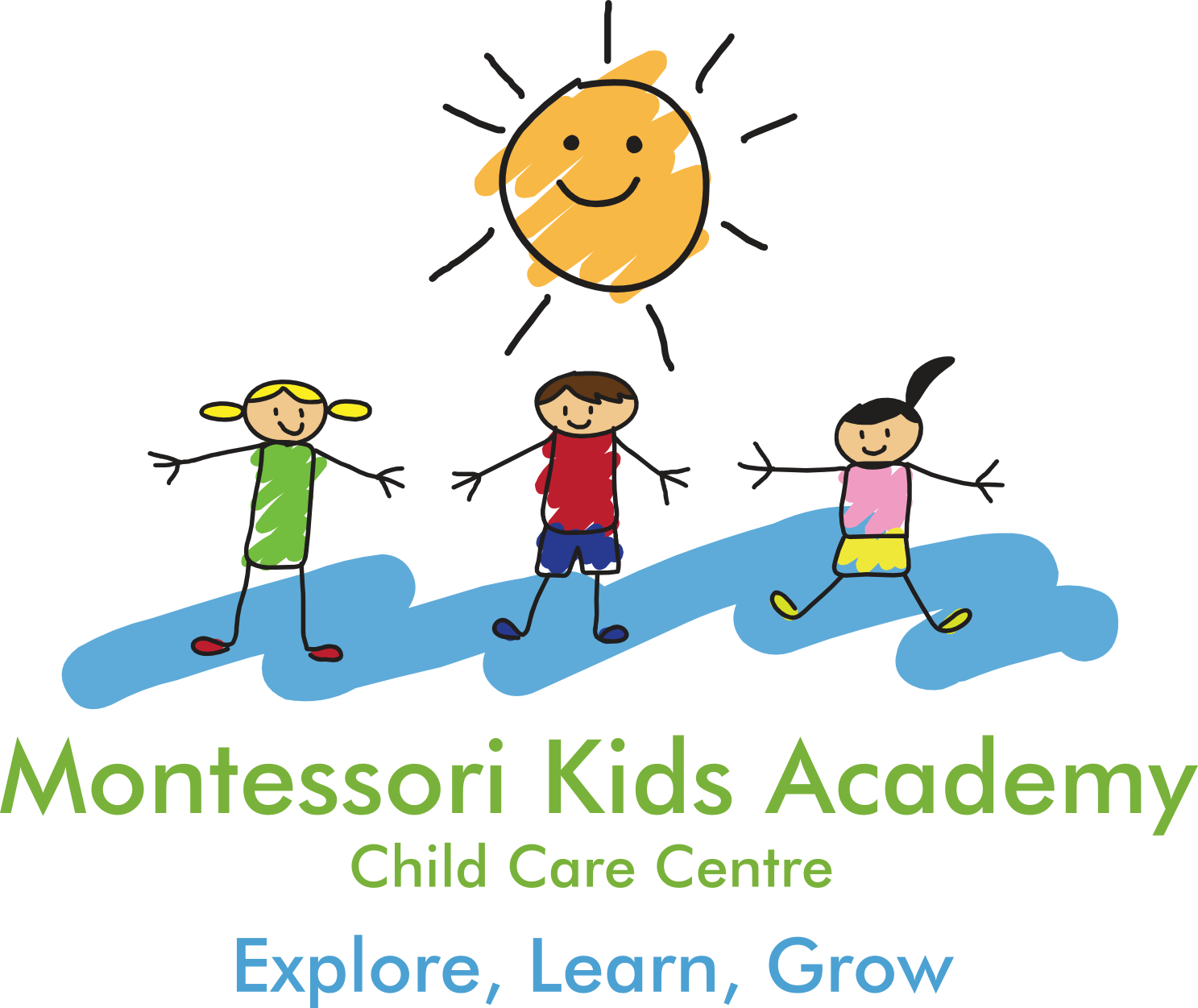The Prepared Environment
“The child can only develop by means of experience in his environment. We call such experience work.”
– Maria Montessori
The Prepared Environment in Montessori Education
The Montessori method, developed by Dr. Maria Montessori, is a child-centered educational approach that emphasizes independence, hands-on learning, and respect for a child’s natural development. One of the core components of this methodology is the concept of the “prepared environment.” This environment is meticulously designed to support the child’s growth and development at every stage, fostering autonomy and a love of learning.
Principles of the Prepared Environment
The prepared environment in Montessori education is guided by several key principles:
Order and Structure: The environment is organized and orderly, which helps children understand the world around them and feel secure. Materials are arranged on accessible shelves in an orderly fashion, encouraging children to choose and return materials independently. This order helps children develop logical thinking and organizational skills.
Freedom within Limits: Children are free to move around, choose activities, and work at their own pace within the environment. This freedom is balanced with clear boundaries to ensure safety and respect for others. This principle fosters independence, decision-making skills, and self-discipline.
Beauty and Aesthetics: The environment is aesthetically pleasing, with natural lighting, soft colors, and uncluttered spaces. A beautiful environment not only attracts children but also instills a sense of calm and respect for their surroundings.
Nature and Reality: Montessori environments incorporate natural elements and materials. Real objects and tools are used instead of toys to teach children about the real world. This connection with nature and reality helps children develop a deeper understanding and appreciation of their environment.
Social Environment: The prepared environment supports social development by allowing children to work individually or in groups. It encourages collaboration, communication, and the development of social skills. Mixed-age groupings further enrich the social dynamics, as older children mentor younger ones, fostering a sense of community and mutual respect.
Components of the Prepared Environment
Child-Sized Furniture: All furniture and materials are child-sized, promoting independence as children can access everything they need without adult assistance. This includes low shelves, small tables and chairs, and appropriately sized tools.
Didactic Materials: Montessori materials are designed to be self-correcting and multi-sensory, encouraging hands-on exploration and learning. These materials cover various areas of learning, including practical life, sensorial, mathematics, language, and cultural studies.
Learning Areas: The classroom is divided into distinct areas, each dedicated to a different aspect of learning. This clear division helps children focus and engage deeply with the materials and activities specific to each area.
Peaceful Atmosphere: The environment is calm and peaceful, promoting concentration and mindfulness. Soft colors, natural materials, and minimal distractions contribute to this serene atmosphere.
Conclusion
The prepared environment is a fundamental aspect of Montessori education, providing children with the optimal conditions for growth and development. By meticulously designing this environment to support independence, concentration, and social development, Montessori educators create a space where children can thrive and develop a lifelong love of learning.

